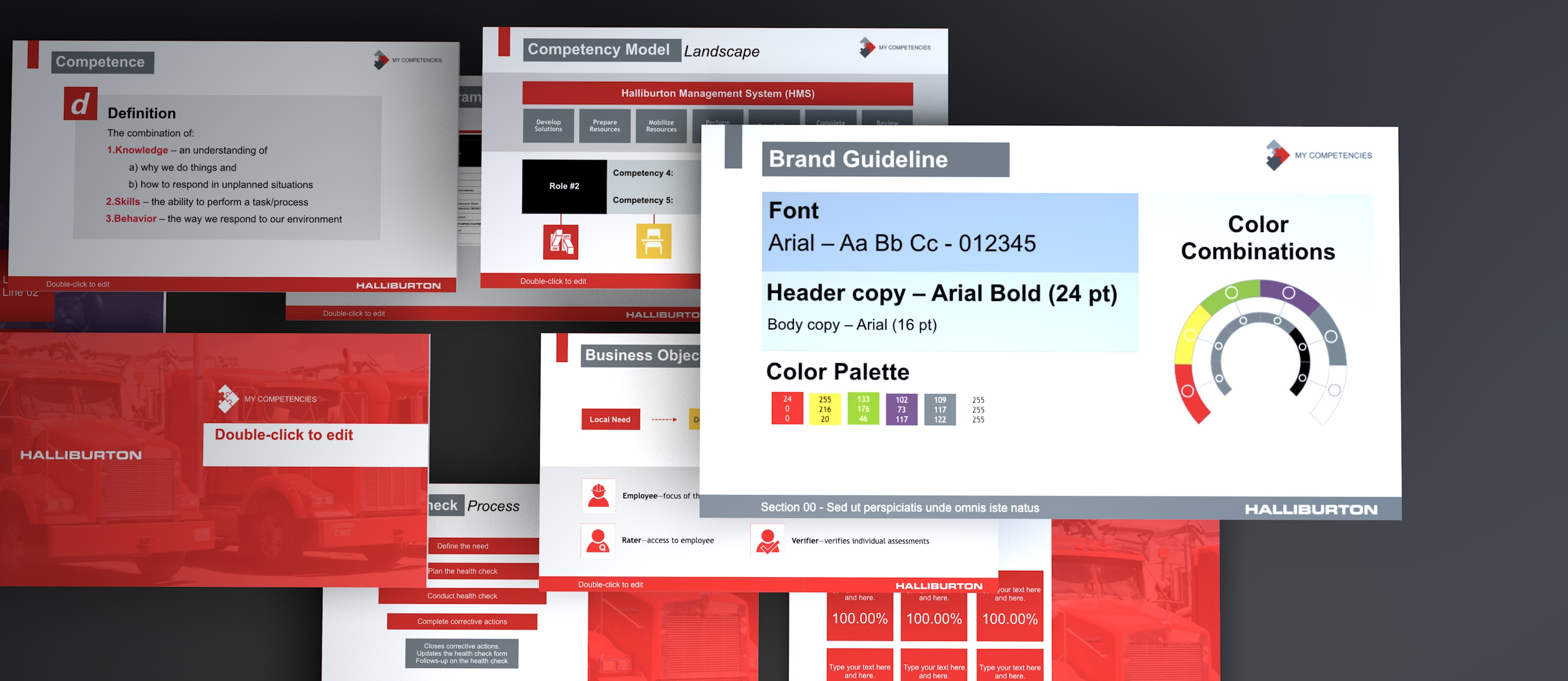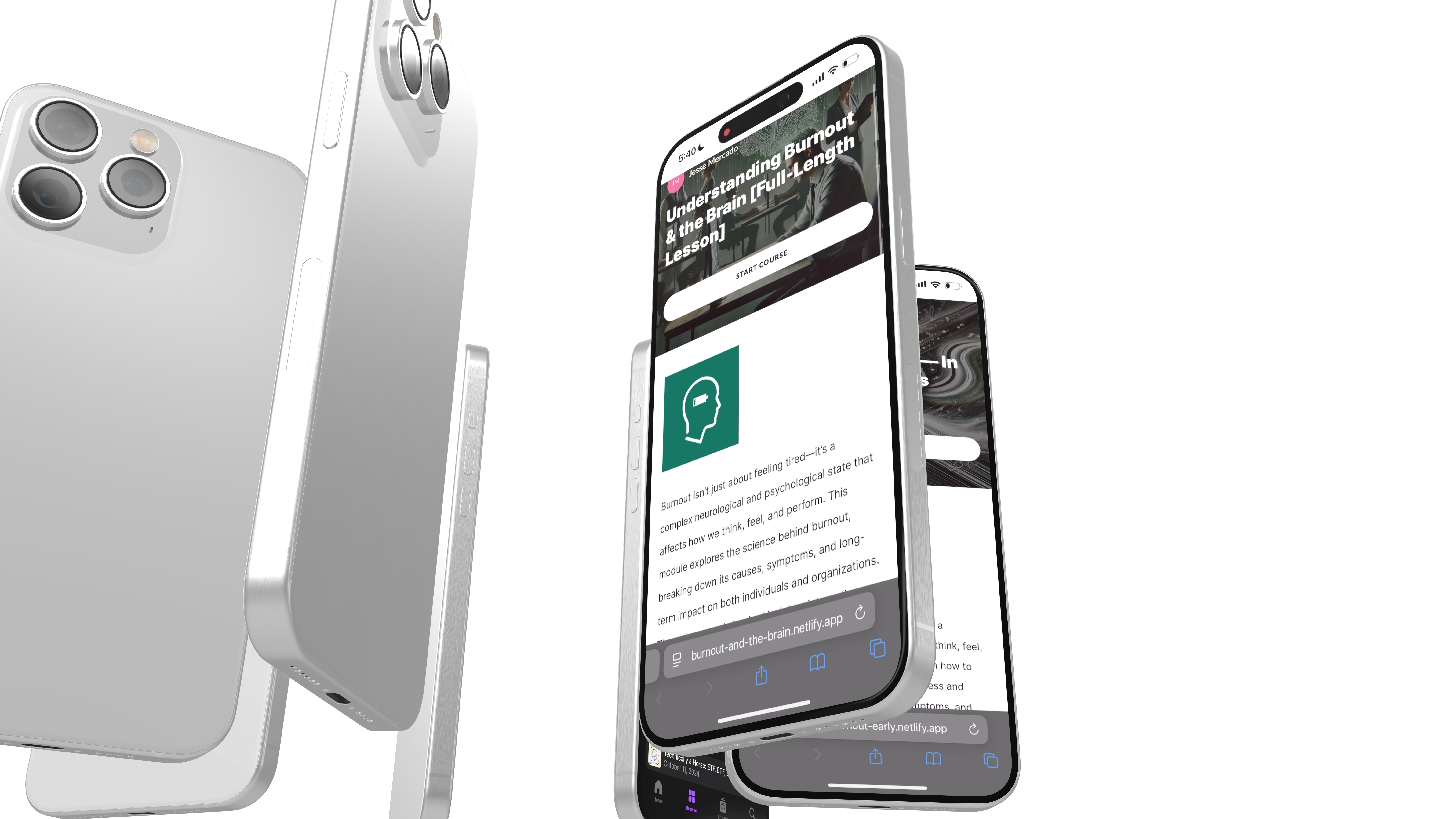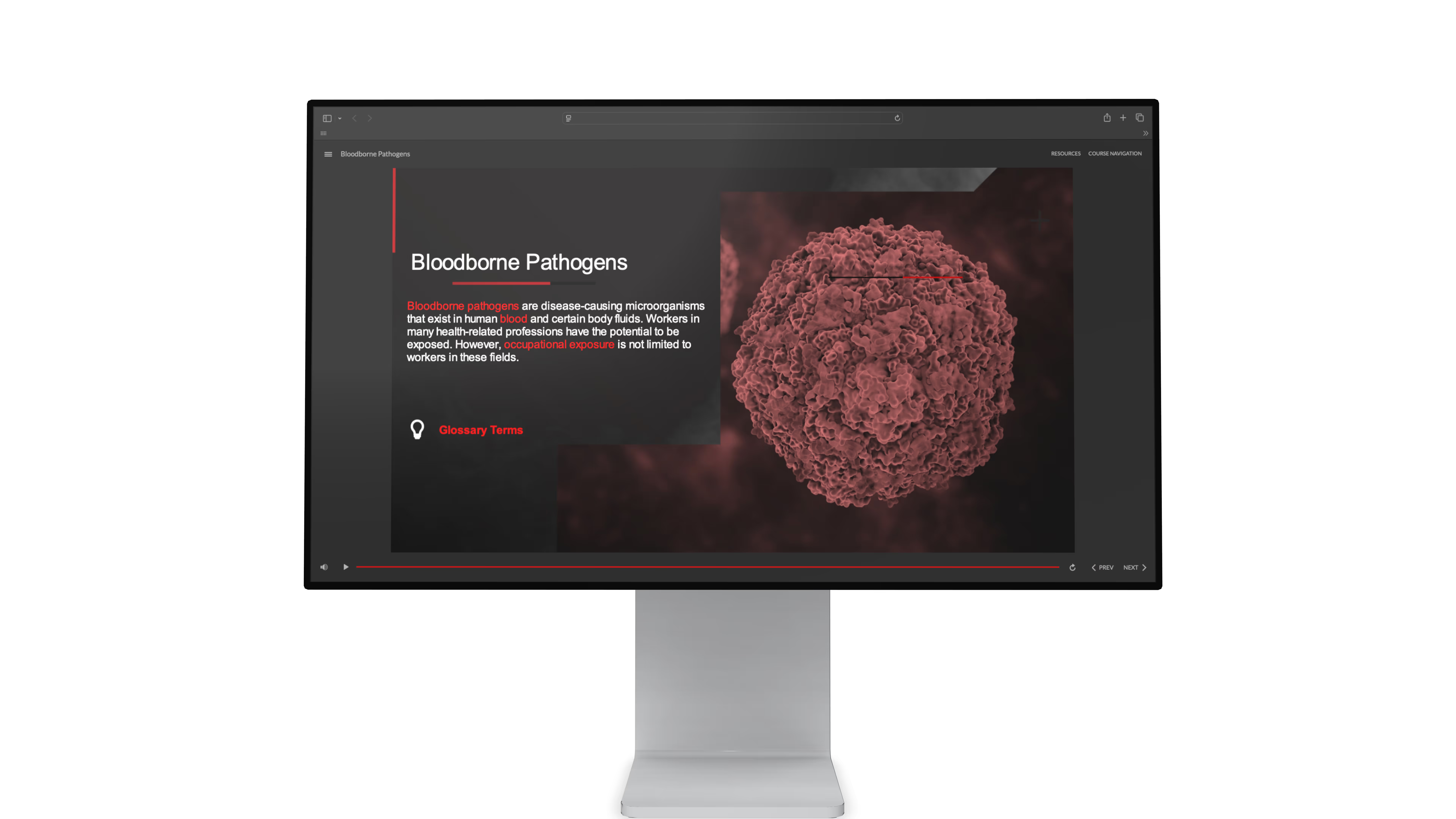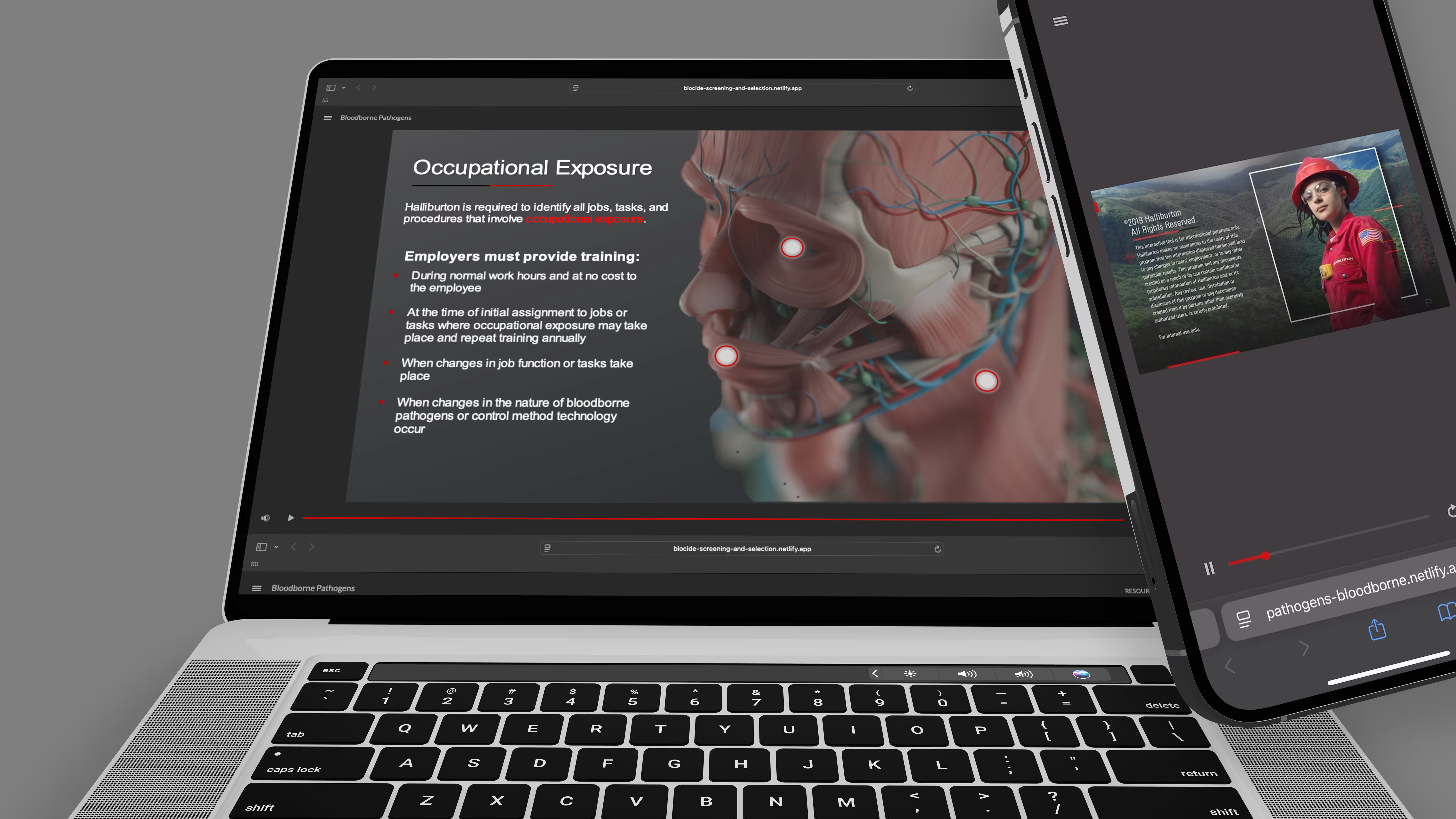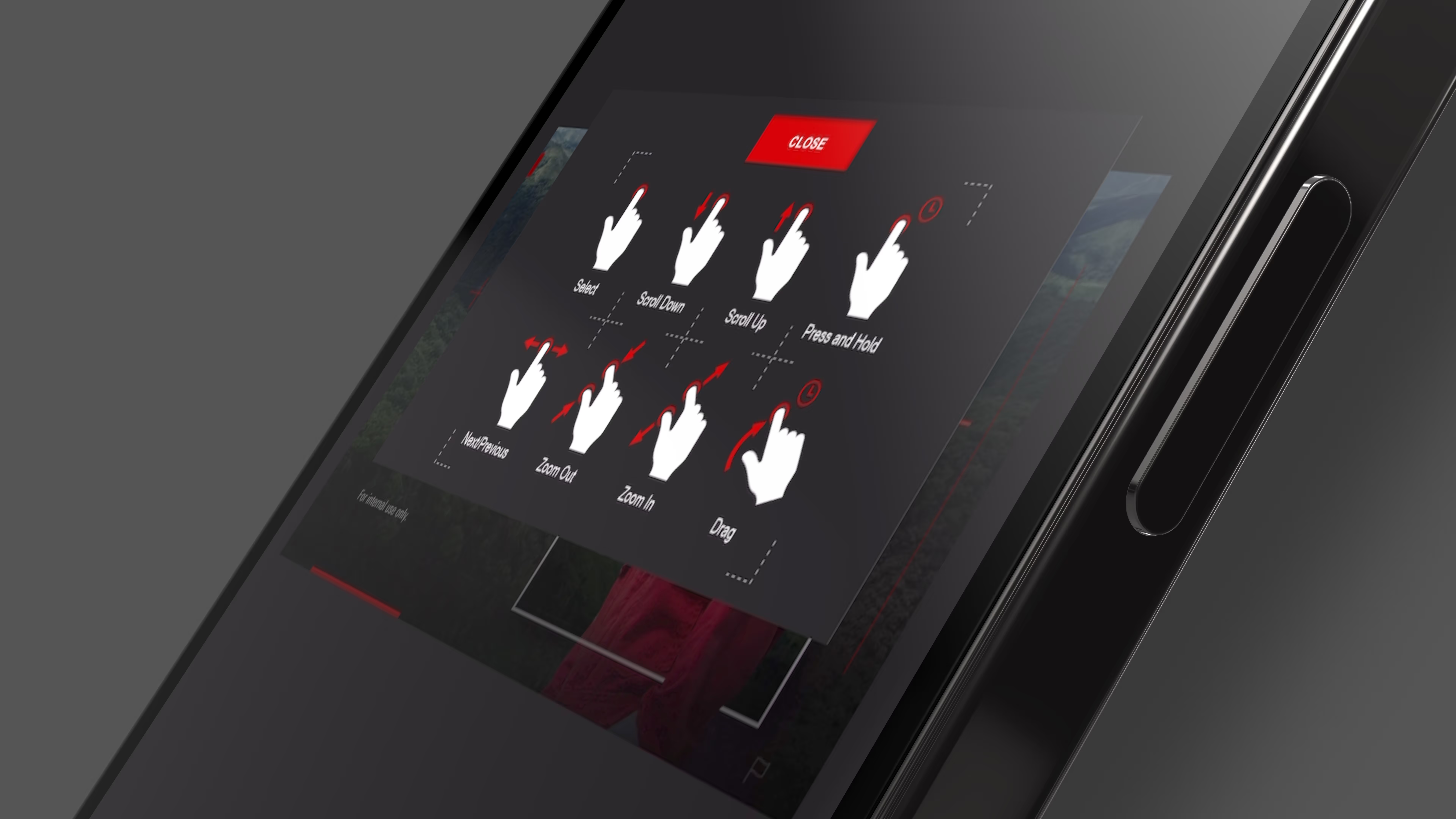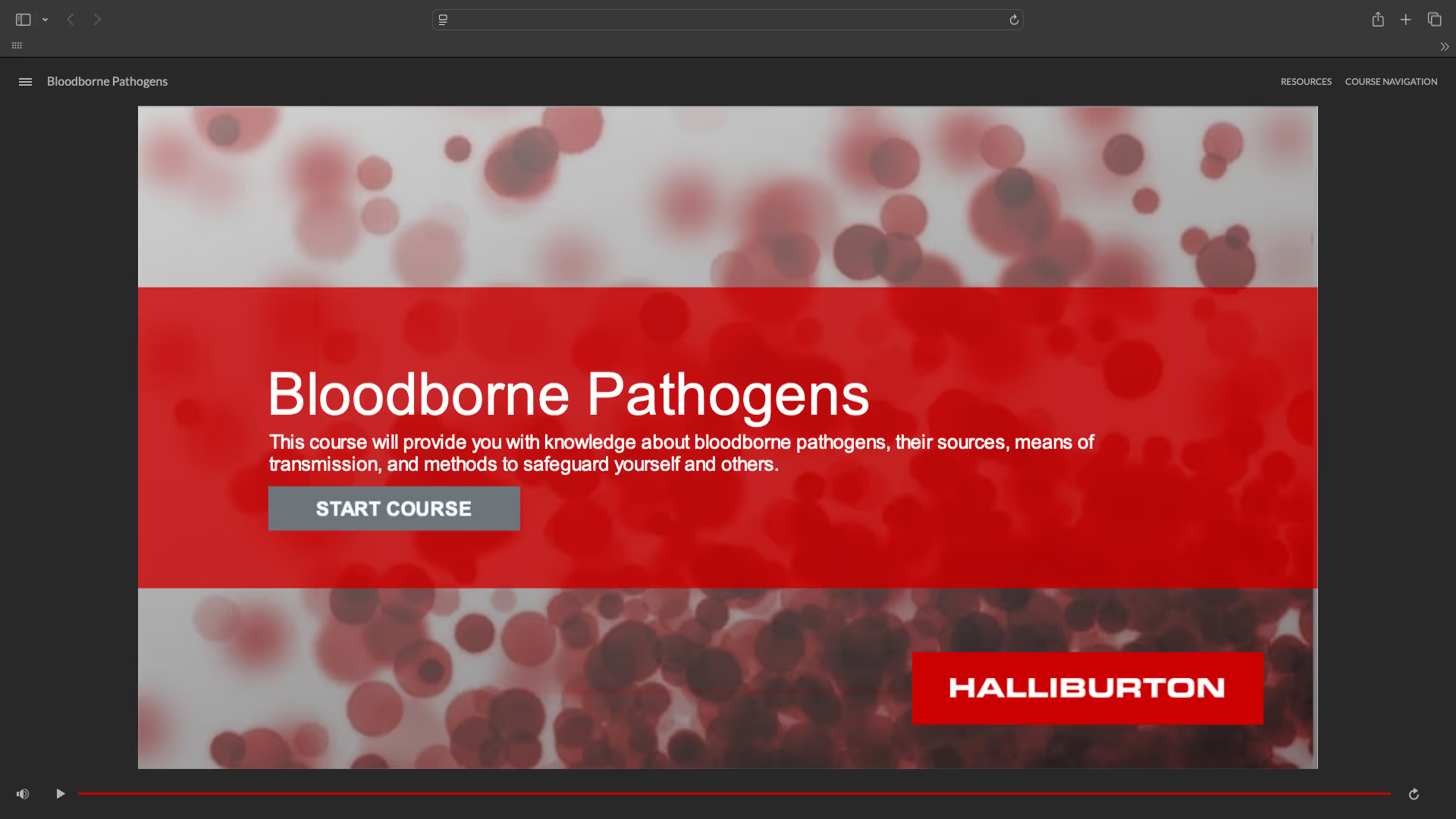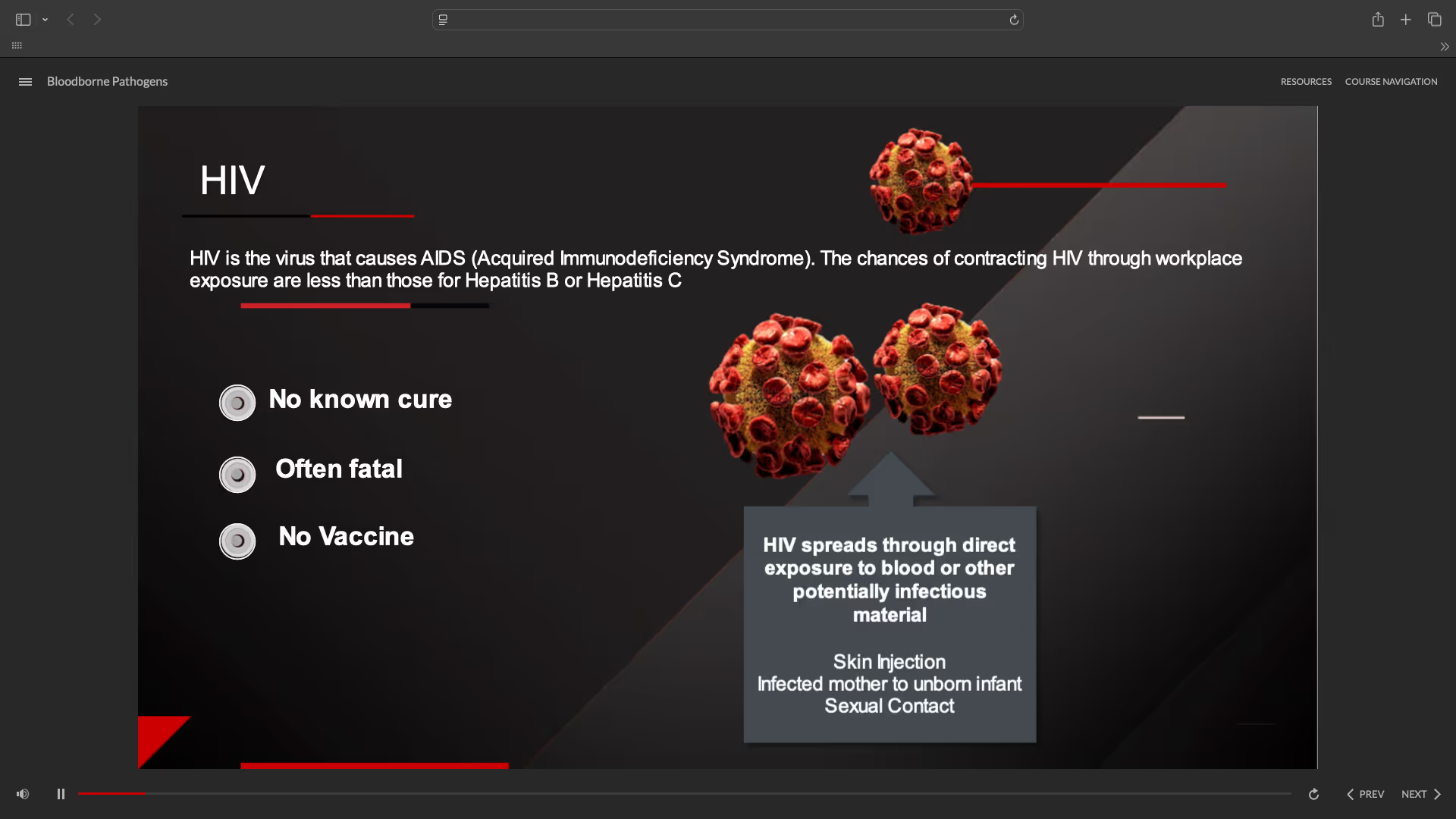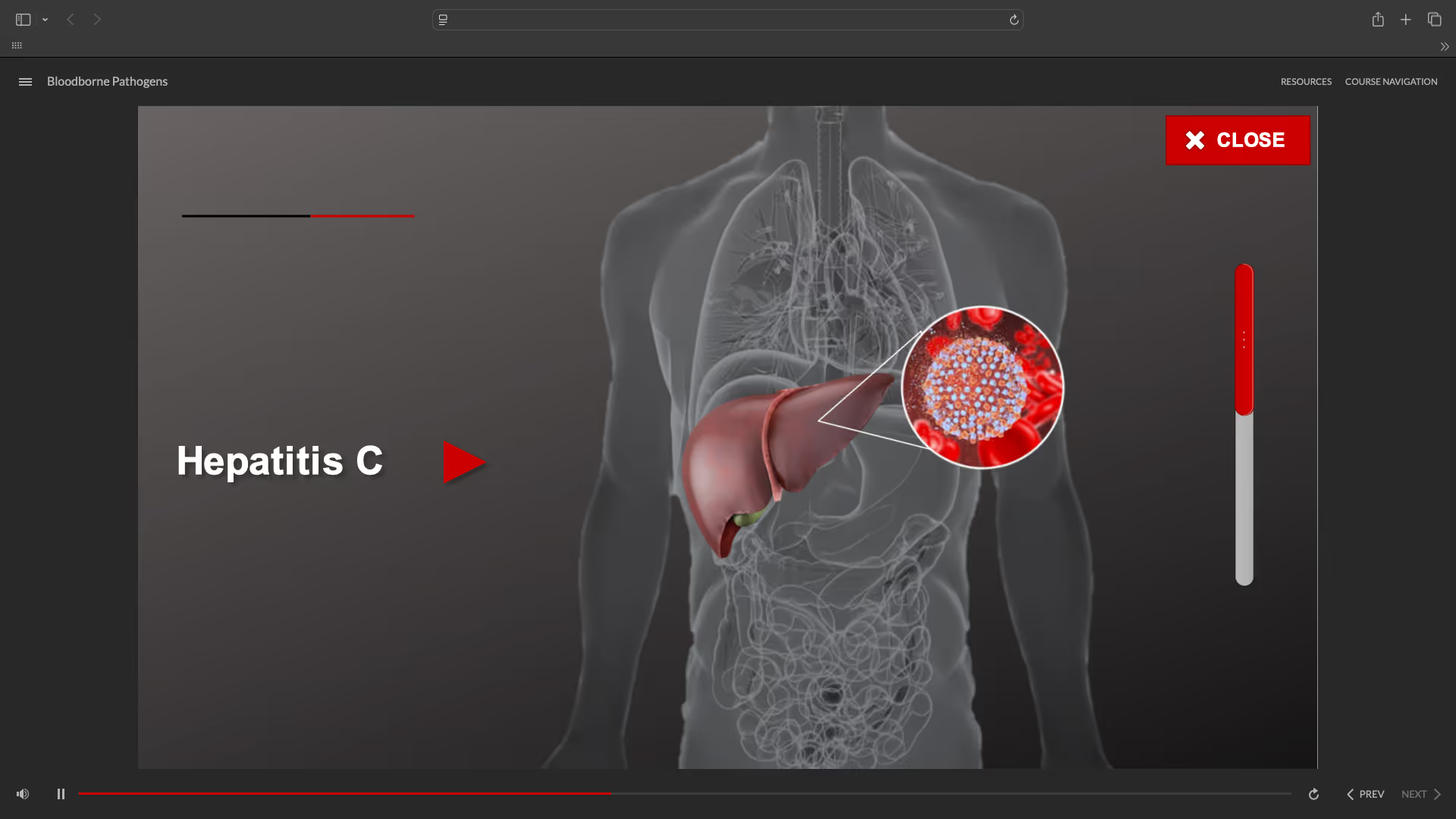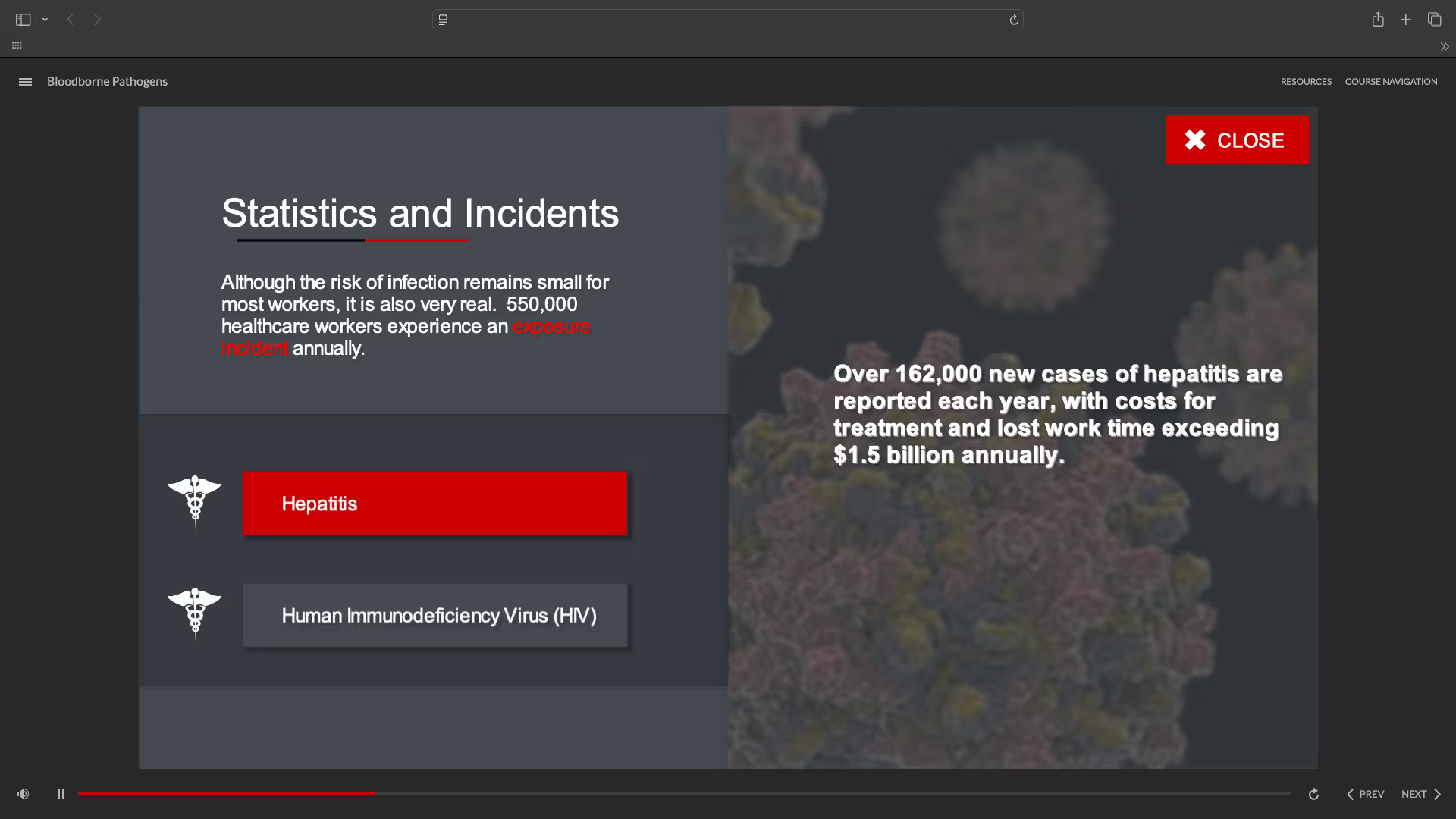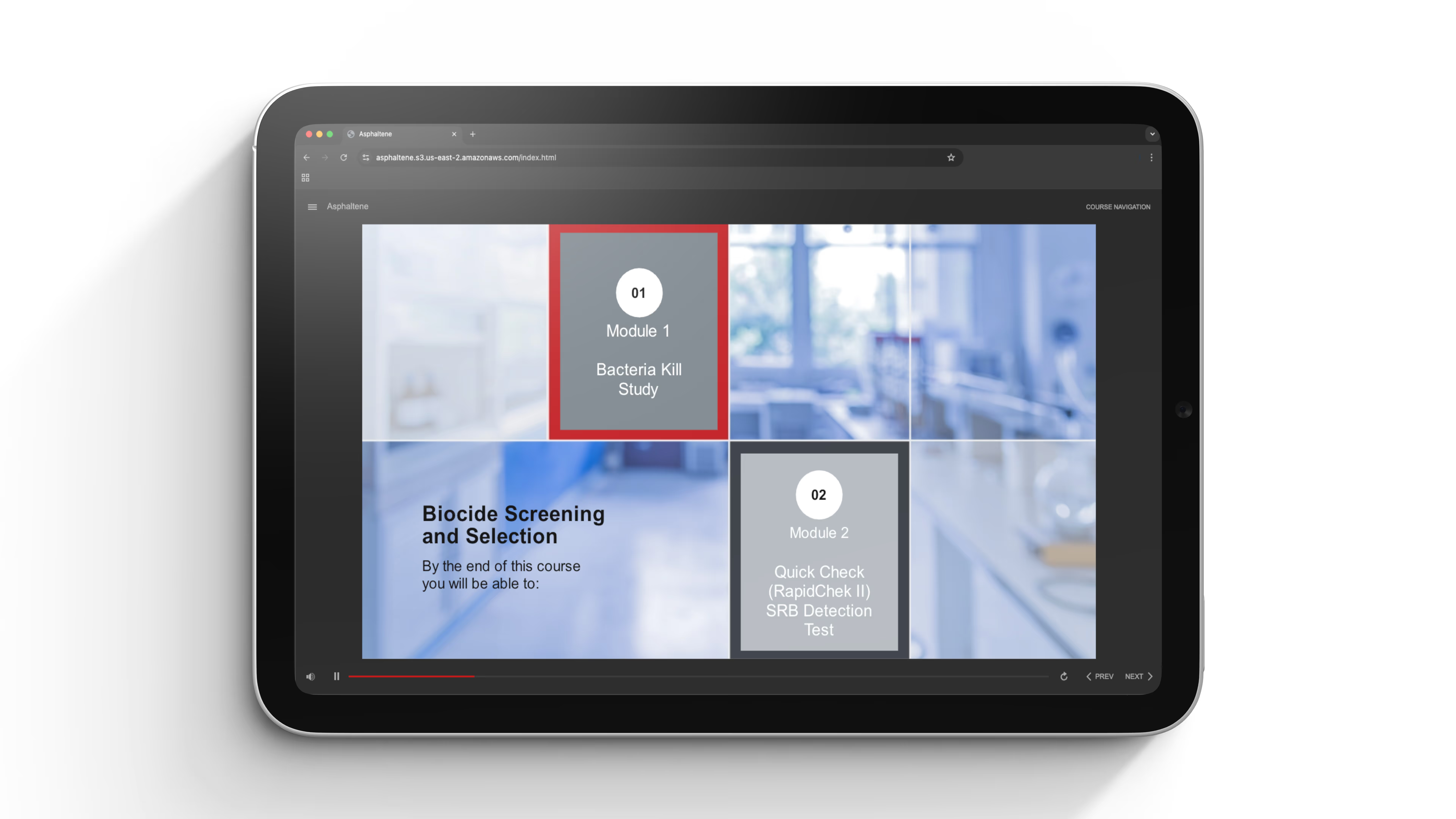BBP – Bloodborne Pathogens Training Module
- Role
E-Learning Developer, UI/UX Designer, Web Designer
- Duration
8 weeks / Completed 2019
- Tools
Articulate Storyline, Adobe Photoshop, Illustrator, Adobe Dreamweaver, ActionScript

Motion Defines Hierarchy
Spatial Depth ≠ zoom

Rhythm = hierarchy

Timing & emotion

Hero Choreography
Album Card Motion System
Playback Bar Motion
The player becomes the pulse of the scene — continuous, glowing, subtle.
Progress bar motion timed to 6s loop using ease-in-out sine curve.

Ambient Light + Depth System

Camera Motion / Vision OS Depth

Motion System Breakdown
Principles
Lorem ipsum dolor sit amet, consectetuer adipiscing elit, sed diam nonummy nibh euismod tincidunt ut laoreet dolore magna aliquam erat volupat. Ut wisi enim ad minim veniam, quis nostrud exerci
Timing Map

Applied Motion

Reel
.jpg)





1
Build Overview
2
Creative Rationale
Goal
Deliver a training module in 8 weeks that reaches a 90% employee completion rate and achieves 85% assessment accuracy post-training.
Process
- Discovery & Planning – Assessed training gaps and audience needs.
- Design & Development – Built custom interactions and safety simulations in Storyline.
- Testing & Deployment – QA’d across platforms and integrated accessibility best practices.
Key Highlights
Detailed Insights
Deep Dives
Learning Science
Applied cognitive load theory and multimedia learning principles to optimize retention. Visual aids, voiceover narration, and guided interactions supported learner engagement.
2
Creative Rationale
Goal
Challenges
Process
Impact and Results
Measurable Outcomes
Takeaways
1
The brief
Goal
Deliver a training module in 8 weeks that reaches a 90% employee completion rate and achieves 85% assessment accuracy post-training.
Challenges
Balancing clarity and sensitivity when presenting health-related content, all while working under budget constraints and a fast-paced timeline.
Learning Objectives
- Identify and understand how bloodborne pathogens are transmitted.
- Interpret and apply OSHA’s Bloodborne Pathogen Standard.
- Respond appropriately to workplace exposure incidents.
Learning Science
Applied cognitive load theory and multimedia learning principles to optimize retention. Visual aids, voiceover narration, and guided interactions supported learner engagement.
Learning Methodolgy
Used the ADDIE framework to drive end-to-end instructional design. Iterative reviews with safety SMEs ensured compliance and accuracy throughout.
Process
- Discovery & Planning – Assessed training gaps and audience needs.
- Design & Development – Built custom interactions and safety simulations in Storyline.
- Testing & Deployment – QA’d across platforms and integrated accessibility best practices.
Impact and Results
Standardized company-wide safety knowledge, driving OSHA compliance and raising health risk awareness.
Measurable Outcomes
- 90%+ completion rate within the first month.
- 85% average score in post-assessments.
- Positive feedback highlighting clarity and usability.
Takeaways
Interactive learning design improves retention for compliance-heavy subjects. Early stakeholder collaboration ensures both accuracy and adoption.
Accessibility & inclusion
WCAG-compliant design: includes closed captions, alt text, and full keyboard navigation.







